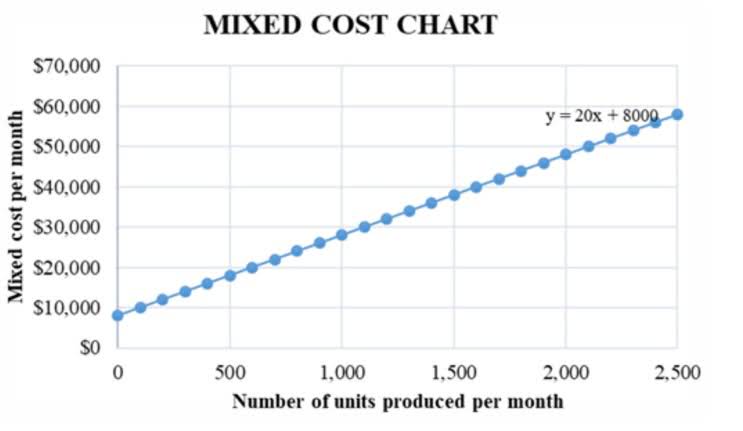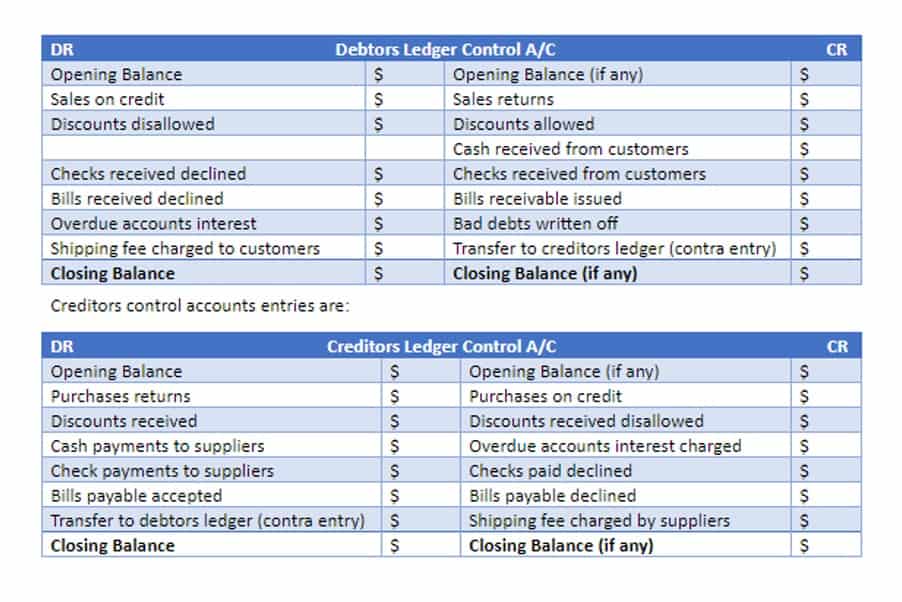No products in the cart.
Bookkeeping
Working Capital Formula & Ratio: How to Calculate Working Capital

Similarly, intangible assets do not contribute to increasing your working capital. You just need to subtract current liabilities from current assets to determine the available capital. Working capital is an important indicator of a company’s liquidity and financial health. It’s essential for business owners to know how to calculate and interpret this metric. Generally speaking, however, shouldering long-term negative working capital — always having more current liabilities than current assets — your business may simply not be lucrative.
Net working capital ratio
The current liabilities section typically includes accounts payable, accrued expenses and taxes, customer deposits, and other trade debt. Working capital is critical to gauge a company’s short-term health, liquidity, and operational efficiency. You calculate working capital by subtracting current liabilities from current assets, providing insight into a company’s ability to meet its short-term obligations and fund ongoing operations. The working capital formula subtracts your current liabilities (what you owe) from your current assets (what you Interior Design Bookkeeping have) in order to measure available funds for operations and growth.
Net Working Capital Formula (NWC)

It means a company can pay its bills, buy inventory, and handle unexpected costs without a hitch. When a business has positive working capital, it can grow without borrowing too much. This makes it easier to get loans, if needed, because lenders see it as a sign how to calculate the change in net working capital of good financial health. A variety of invoicing improvements can improve working capital and cash flow. Sending invoices quickly, sending payment reminders, shortening payment terms, and offering early payment discounts or late fees are a few strategies that business owners use to help reduce late payments. Some businesses also use invoice factoring, in which they sell outstanding invoices to a factoring company for cash.
- It can be seen in excessive deferred payments, too many invoice extensions.
- Often, “net working capital” is simply shortened to “working capital,” and they can be taken to mean the same thing.
- Most major new projects, like expanding production or entering into new markets, often require an upfront investment, reducing immediate cash flow.
- We also exclude employee benefits and net as they can’t be included in our liabilities because they don’t contribute to our working capital.
- Many industries — like construction, travel and tourism, and some retail operations — typically face seasonal differences in cash flow.
How Does a Change in Working Capital Affect Cash Flow?
- Thus, it is important to calculate changes in the Net Working Capital.
- Armed with this knowledge, the next step is to understand why the company’s accounts payable increased so much.
- Each one of these steps will help improve the short-term liquidity of the company and positively impact the analysis of net working capital.
- Since the growth in operating liabilities is outpacing the growth in operating assets, we’d reasonably expect the change in NWC to be positive.
- The formula to calculate operating working capital is equal to the operating current assets subtracted by the operating current liabilities.
- Think of it as the money set aside to pay your monthly rent, salaries, and utility bills.
By enabling self-funded expansion, adequate NWC strengthens your business’s financial independence and fosters sustainable growth. In this guide, we’ll explore what net working capital is, how to calculate it, and its relevance to your everyday operations. We’ll also share insights to help you improve your working capital and explore funding options. Often, “net working capital” is simply shortened to “working capital,” and they can be taken to mean the same thing. However, they shouldn’t be confused with “gross working capital,” which considers the company’s assets but not its liabilities. First, add up all your current liquid assets and anything that will become liquid within the next year.

Conducting only annual calculations may result in you finding problems when it’s too late. I have tried to include many different examples from various industries so you can get an idea of how this will work for you. Our chart shows that Verizon has a negative number regarding its change in working capital. Next, let’s look at Hormel, which we have used for examples of our owner earnings. If you remain unsure of any line item, I suggest using either our friend Mr. Google or email me, and I will give you a hand unless you have your handy accounting 101 books lying around. Calculating the changes in working capital is relatively easy once you understand the principles behind the theory.
What Counts as Current Liabilities?

It’s not just good for the planet but can also save money in the long run. Another company successfully optimized its inventory by adopting a just-in-time inventory system, which reduced holding costs and ensured stock was available when needed without excess. Efficient working capital management isn’t just about survival; it’s about giving your business room to grow and thrive.
Strategies To Improve Your Net Working Capital
It is calculated as the difference between current assets and current liabilities. This indicates that the company is very liquid and financially sound in the short-term. If this company’s liabilities exceeded their assets, the working capital would be negative and therefore lack short-term liquidity for now. Working capital serves as a measurement of a business’s short-term assets (including cash, inventory, and accounts receivable), minus its short-term liabilities (such as payroll, taxes, and accounts payable).
- On average, Noodles needs approximately 30 days to convert inventory to cash, and Noodles buys inventory on credit and has about 30 days to pay.
- The formula to calculate working capital—at its simplest—equals the difference between current assets and current liabilities.
- The suppliers, who haven’t yet been paid, are unwilling to provide additional credit or demand even less favorable terms.
- Large fluctuations in inventory or accounts receivable can lead to drastic changes in a company’s working capital.
- Such a cost budget will help you to locate areas where our business is spending excessively.
- They are to be settled within 12 months or the normal operating cycle.
The main goal of capital is to determine how liquid a company’s assets are at any given point. This liquidity will define the company’s ability to meet its dues and business expenses. The current period’s net working capital (NWC) balance is cash flow subtracted from the prior period’s NWC balance to calculate the change in net working capital (NWC).
